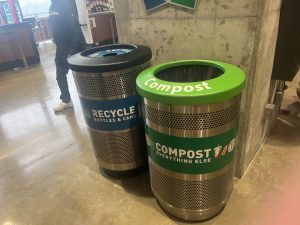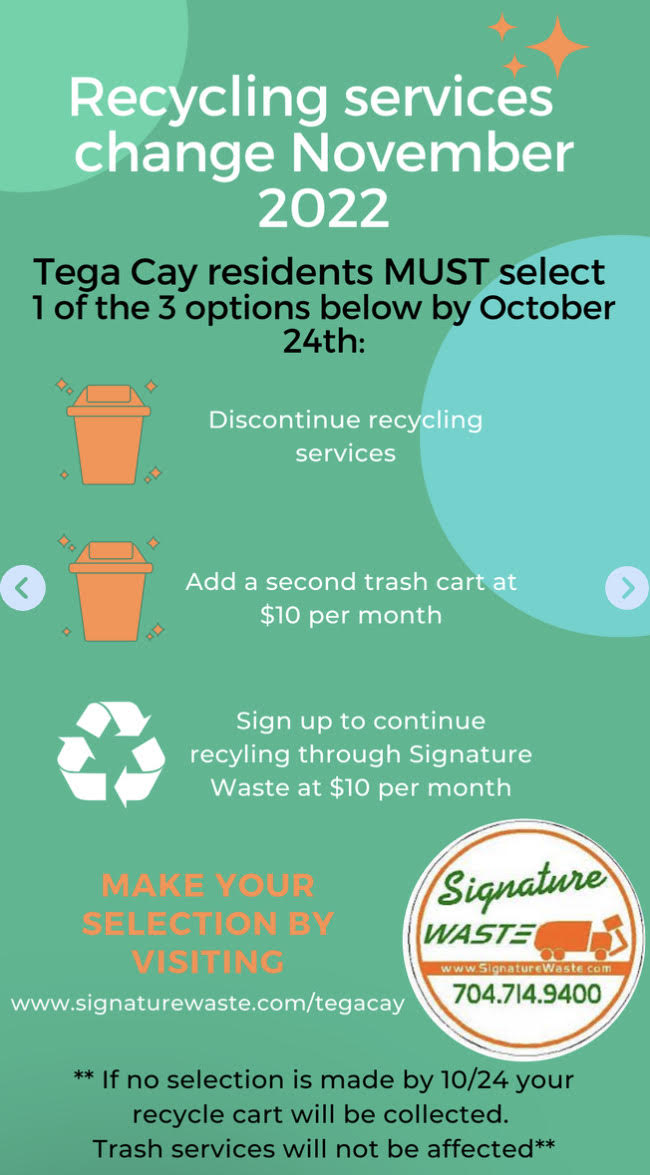There is imminent urgency surrounding the environmental crises regarding plastic waste. Plastic waste, stems from either single use products to more complex packaging materials. This has posed as an every growing threat towards different eco-systems and environments such as marine life, and human health. Because of the billions of tons of plastic waste discarded, it leads to contamination of oceans, soil, etc. leading to a never ending cycle of environmental degradation. Exploring different sustainable solutions is important so we can mitigate the plastic waste issue and safeguard our planet. One extremely cool sustainable solution is turning that discarded plastic into shoes!
Have you ever taken a look at the tag in the back of your shirt or on the inside of your shoes? It is somewhat of an ingredient list but for clothes! One of the main ingredients you might find is polyester. Plastic water bottles also happened to be made out of the same substance as polyester: polyethylene terephthalate. This means that manufacturers can create the same type of fabrics they usually would with polyester, but with plastic! The process of this starts with collecting preferably clear plastic water bottles that way they can be dyed into other colors later on. The clear bottles are then cleaned and put through a shredding machine so the plastic can be cut down to about the size of a fingernail. The flakes are broken down even further into a pellet size and melted into filaments. The filament fibers are then spun into thread.
Some might think that since this is such a large, daunting process, that there is no way it could be more sustainable than just using regular polyester. However, the truth is recycled polyester (from plastic) produces 75% fewer greenhouse gas emissions compared to trying to make new polyester material. To make new polyester fabric you would need to start with coal, petroleum, air and water. Those materials then have to go through an extremely high heat process to go through a chemical reaction. This uses up a lot of energy and natural resources, as well as adds more greenhouse gases into the atmosphere.
That being said, being able to use plastic waste (such as clear plastic water bottles) is better for the environment overall. It takes about 9 water bottles to make one T-shirt and 11 water bottles to make one pair of shoes! This sounds great considering how much plastic waste is around the world. However, people must put their plastic waste into recycle bins instead of their trash or littering. Recycled polyester is a very useful and interesting way of keeping plastic waste out of our oceans, landfills, and other ecosystems. There are several name brand companies that use this method to make their shoes. Adidas and Soala Shoes are a couple of examples of companies who have used recycled plastic water bottles to make their shoes! There are a number of different and innovative ways everyone can make sustainable differences in the world starting with easiest one: recycling!

https://saolashoes.com/blogs/news/plastic-shoes-made-from-recycled-plastic-bottles
https://www.adidas.com/us/blog/639412-how-we-turn-plastic-bottles-into-shoes-our-partnership-with-parley-for-the-oceans
https://www.acs.org/education/outreach/celebrating-chemistry-editions/2022-ncw/bottle-becomes-a-shoe.html





